NASA astronaut shares mesmerising aurora videos from space
The veteran astronaut’s view of auroras stuns social media users around the world.
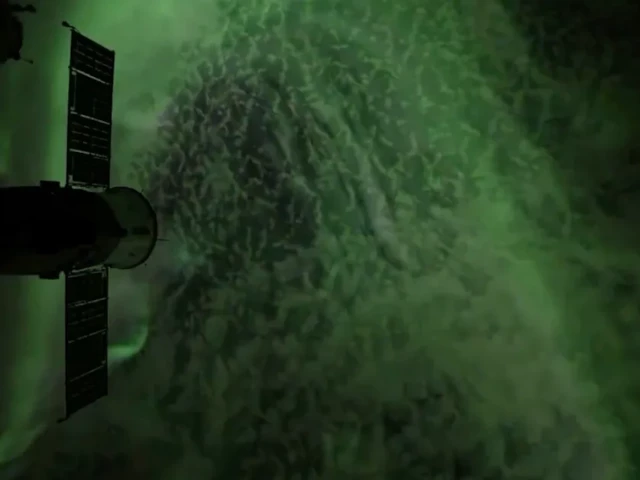
Veteran NASA astronaut Don Pettit has released breathtaking videos of green auroras captured from the International Space Station (ISS), revealing a dazzling view of Earth’s atmospheric phenomena from above.
The 69-year-old astronaut shared several clips this week on X (formerly Twitter), showcasing vibrant green ribbons of light glowing beneath the ISS as it flew over the southern hemisphere between Australia and Antarctica.
Formation flying; Starlink satellites tracing parallel lines in the sky.
— Don Pettit (@astro_Pettit) April 11, 2025
Thanks to @BabakTafreshi for assembling this clip from timelapse images. pic.twitter.com/9vCKt1lCx5
Auroras, commonly known as the Northern and Southern Lights, occur when charged particles from the Sun — often released during coronal mass ejections (CMEs) — collide with gases in Earth's upper atmosphere. These collisions excite oxygen and nitrogen molecules, producing glowing lights in green, red, blue, or pink.
NASA explains that auroras are most visible near the poles, where the Earth’s magnetic field is strongest. From space, these phenomena are not only visible but often more dramatic.
Pettit, currently on his fourth mission aboard the ISS, also posted a timelapse of Elon Musk’s Starlink satellites moving in formation, and a rare video of upper atmospheric lightning, known as Transient Luminous Events (TLEs), above the Amazon. These brief flashes include exotic phenomena like sprites and blue jets.
Earlier this week, Pettit also filmed the station’s rotation during a Soyuz docking manoeuvre that brought astronauts Jonny Kim, Sergei Ryzhikov, and Alexei Zubritsky to the ISS for an eight-month mission. The spacecraft’s arrival required the ISS to rotate 180 degrees, flying backwards at 17,500mph — allowing for more stunning aurora footage.
Widely praised for his visual storytelling from orbit, Pettit has logged over 370 days in space and more than 13 hours of spacewalks. His latest clips, described by fans as “phenomenal” and “timelapse gold,” have sparked calls for a documentary compilation of his work.
He is expected to return to Earth later this month along with Russian cosmonauts Aleksey Ovchinin and Ivan Vagner.







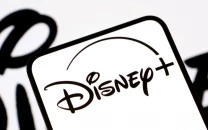
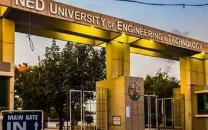
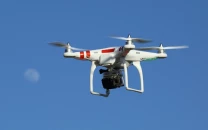

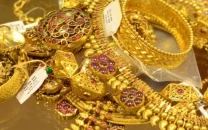
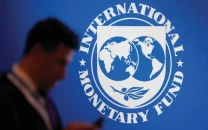
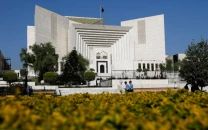
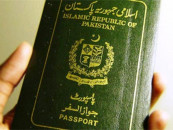
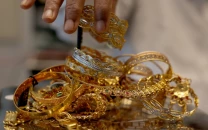
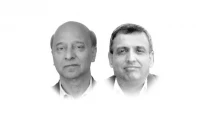
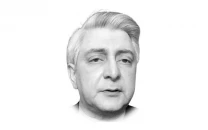

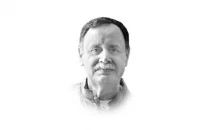


COMMENTS
Comments are moderated and generally will be posted if they are on-topic and not abusive.
For more information, please see our Comments FAQ